Identification
A white powder on the leaves which can be rubbed off is most commonly called Mildew. Two forms of the fungus exist with Downy and Powdery Mildew their names. On roses most common is the powdery Mildew. It mostly appears on the top of the leaves, tips of the shoots or buds however it does not discriminate and can occur on any parts of the plant. Most commonly found when the weather is warm but moisture is present, usually spring and autumn. Most tropical regions with constantly high humidity will find mildew a problem in roses.
Control
One of the best natural sprays is full cream milk – 1 part milk to 10 parts water sprayed on the leaves which can transform the white power to a grey/black appearance which shows it has killed the Mildew spores. Can be used once a week. If very humid and need more control use ‘Mancozeb Plus’ or ‘Eco-rose’ which are contact spray onto the leaves.
In severe cases plants can be defoliated by mildew and control must be taken. In tropical areas a selection of mildew resistant varieties should be considered.
Mildew is also closely linked with highly scented roses with the genetic susceptibility known. Newer varieties are much more resilient but some exceptions can still occur.

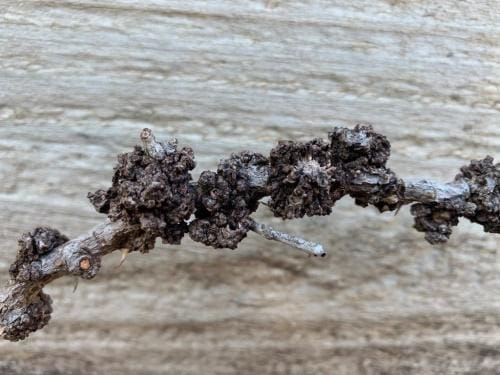 AERIAL ROOTING
AERIAL ROOTING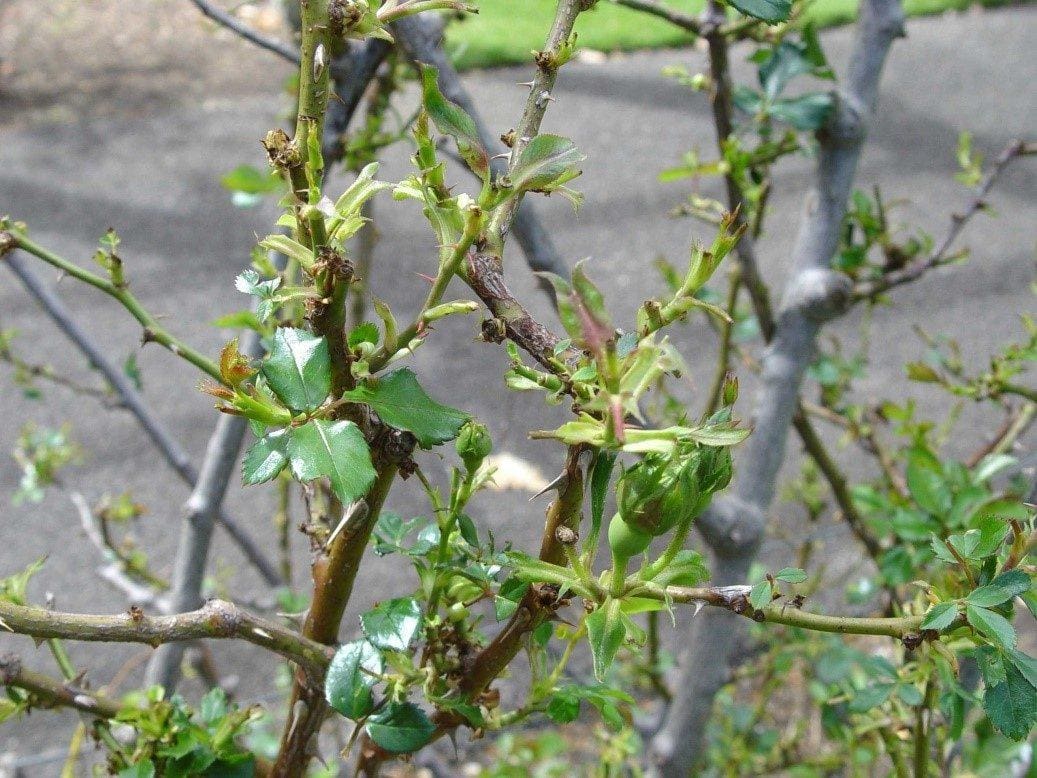 ANIMAL DAMAGE
ANIMAL DAMAGE APHIDS
APHIDS BLACKSPOT
BLACKSPOT BOTRYTIS
BOTRYTIS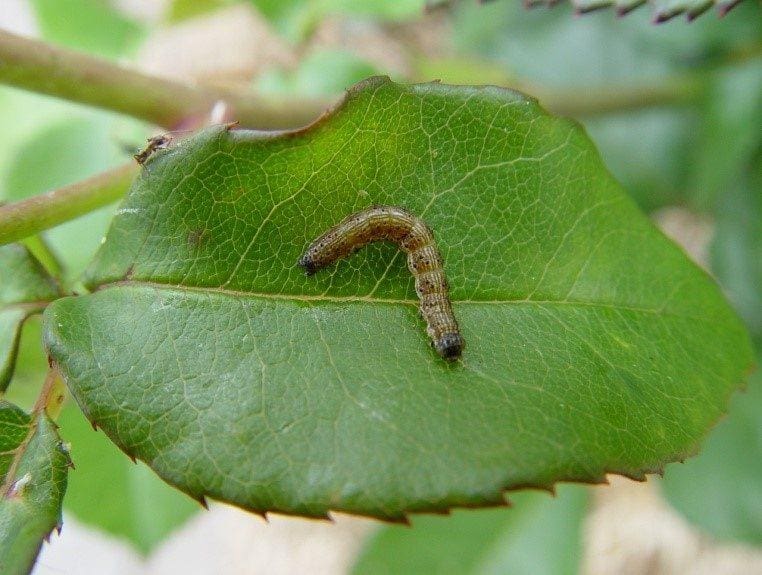 CATERPILLAR
CATERPILLAR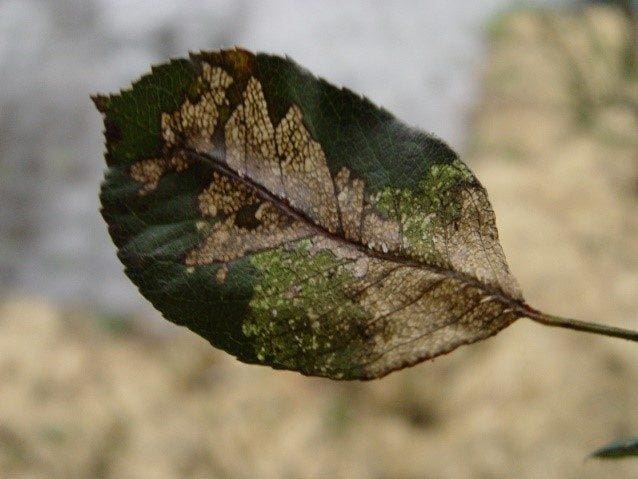 CATERPILLAR
CATERPILLAR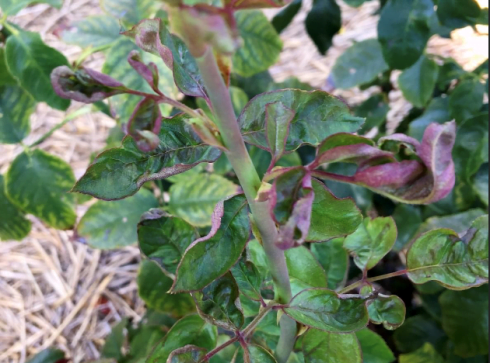 CHILLI THRIP
CHILLI THRIP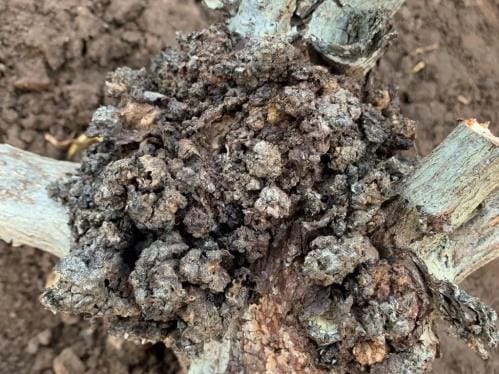 CROWN GALL
CROWN GALL EARWIG
EARWIG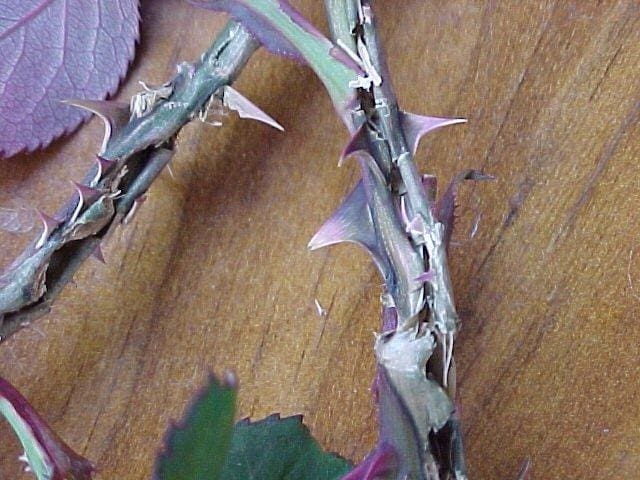 GALAH DAMAGE
GALAH DAMAGE GARDEN WEEVEL
GARDEN WEEVEL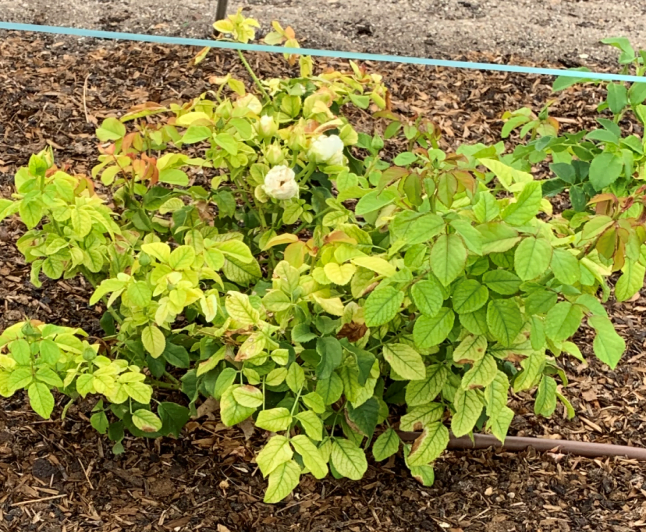 IRON DEFICIENCY (High pH Level)
IRON DEFICIENCY (High pH Level) LADYBIRD
LADYBIRD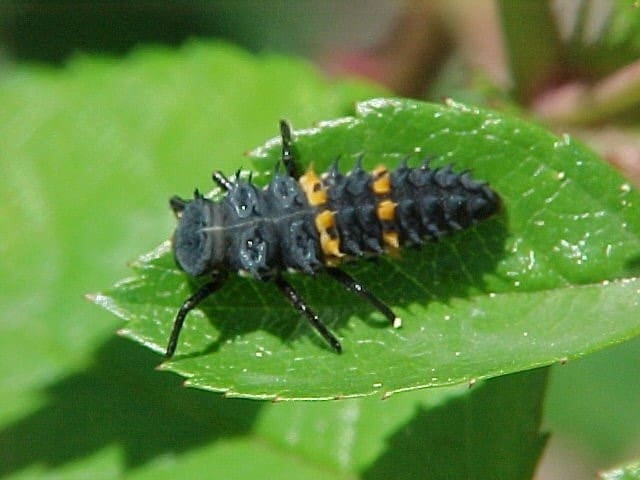 LADYBIRD NYMPH
LADYBIRD NYMPH LEAF CUTTER BEE
LEAF CUTTER BEE MILDEW
MILDEW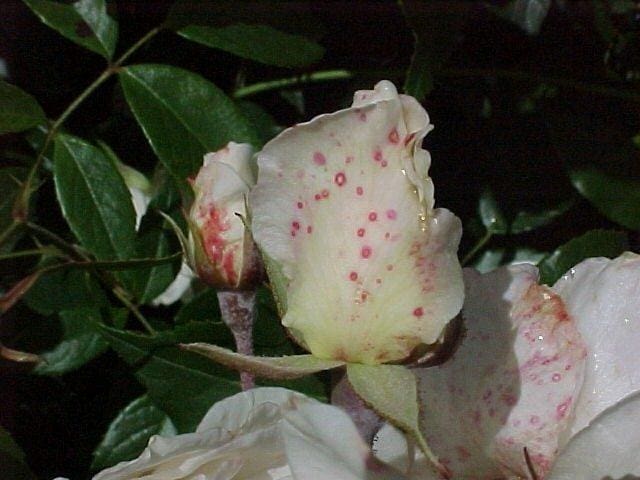 RAIN BRUISING
RAIN BRUISING RUST
RUST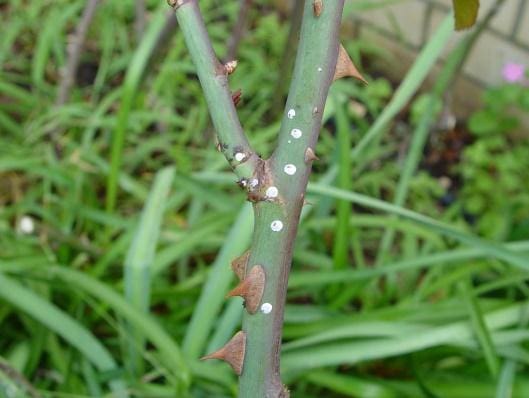 SCALE
SCALE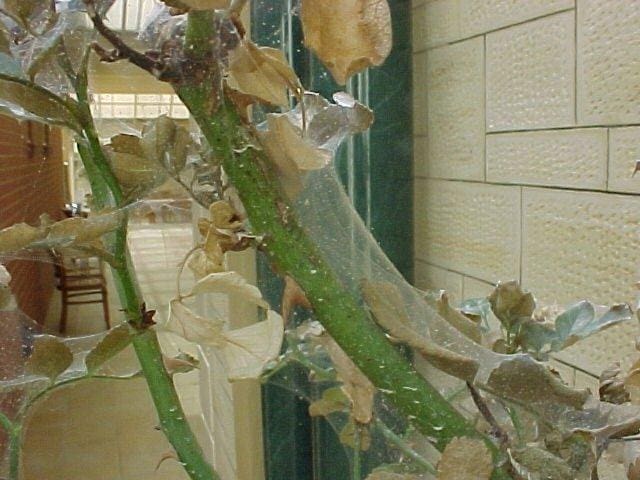 SPIDER MITE (Two Spotted Mite)
SPIDER MITE (Two Spotted Mite)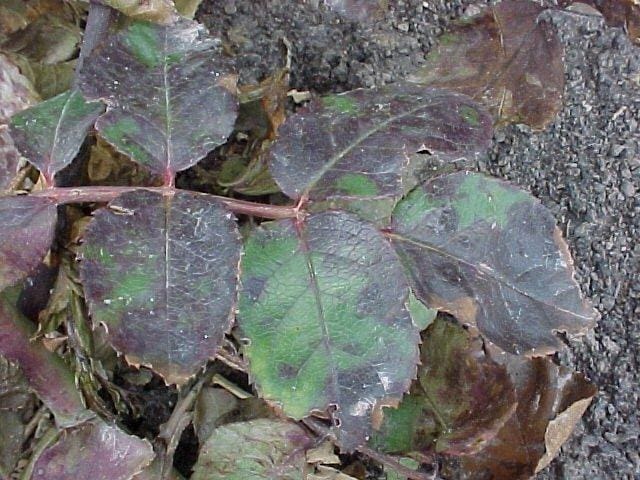 SPRAY BURN
SPRAY BURN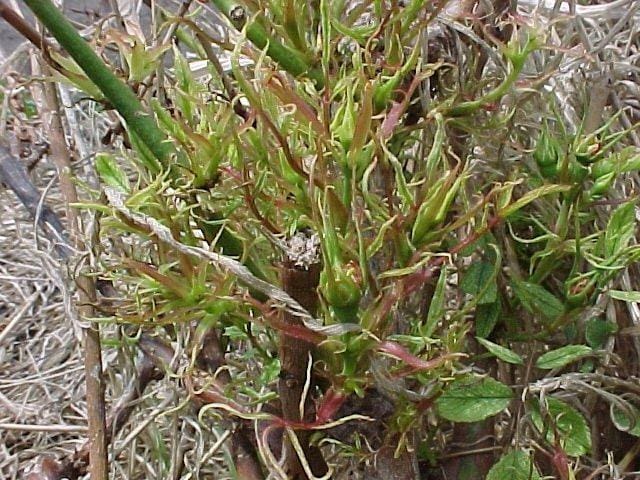 SPRAY DAMAGE
SPRAY DAMAGE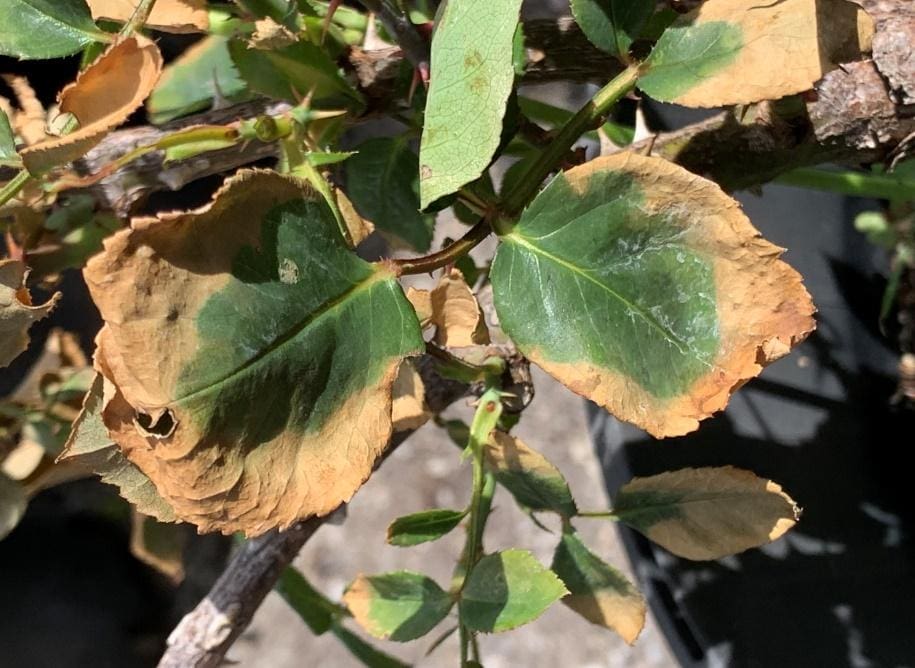 SUN BURN
SUN BURN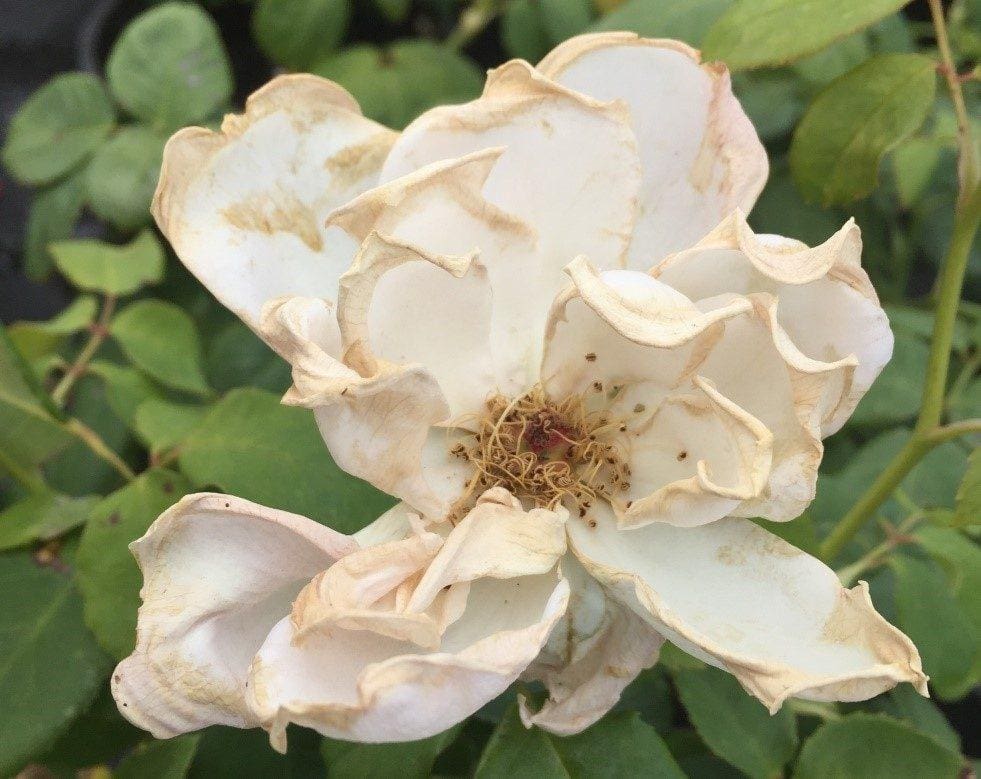 THRIP
THRIP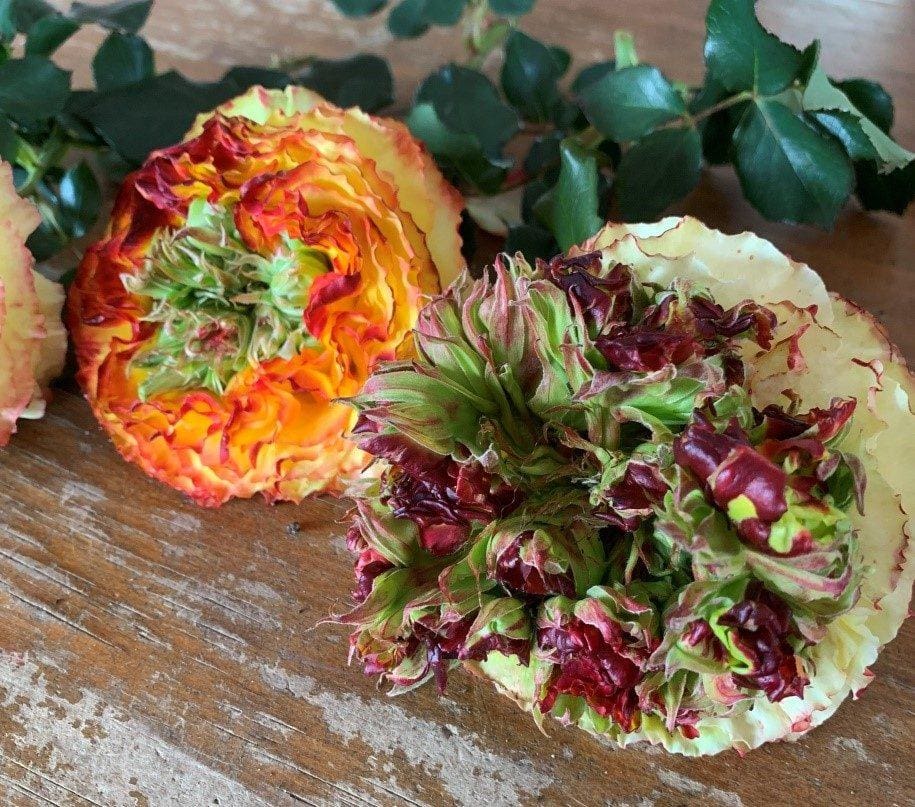 VEGETATIVE CENTRE
VEGETATIVE CENTRE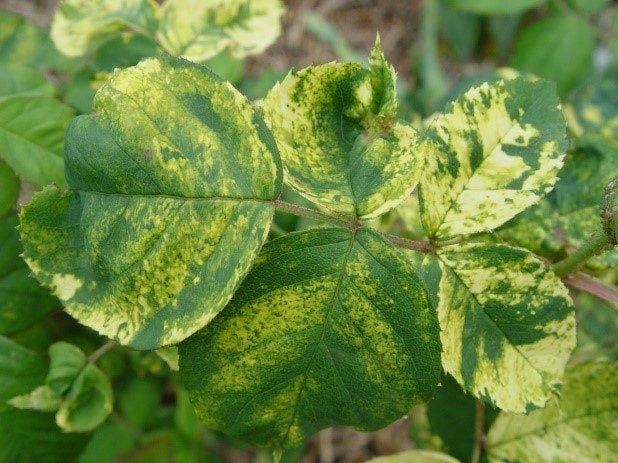 VIRUS MOSAIC
VIRUS MOSAIC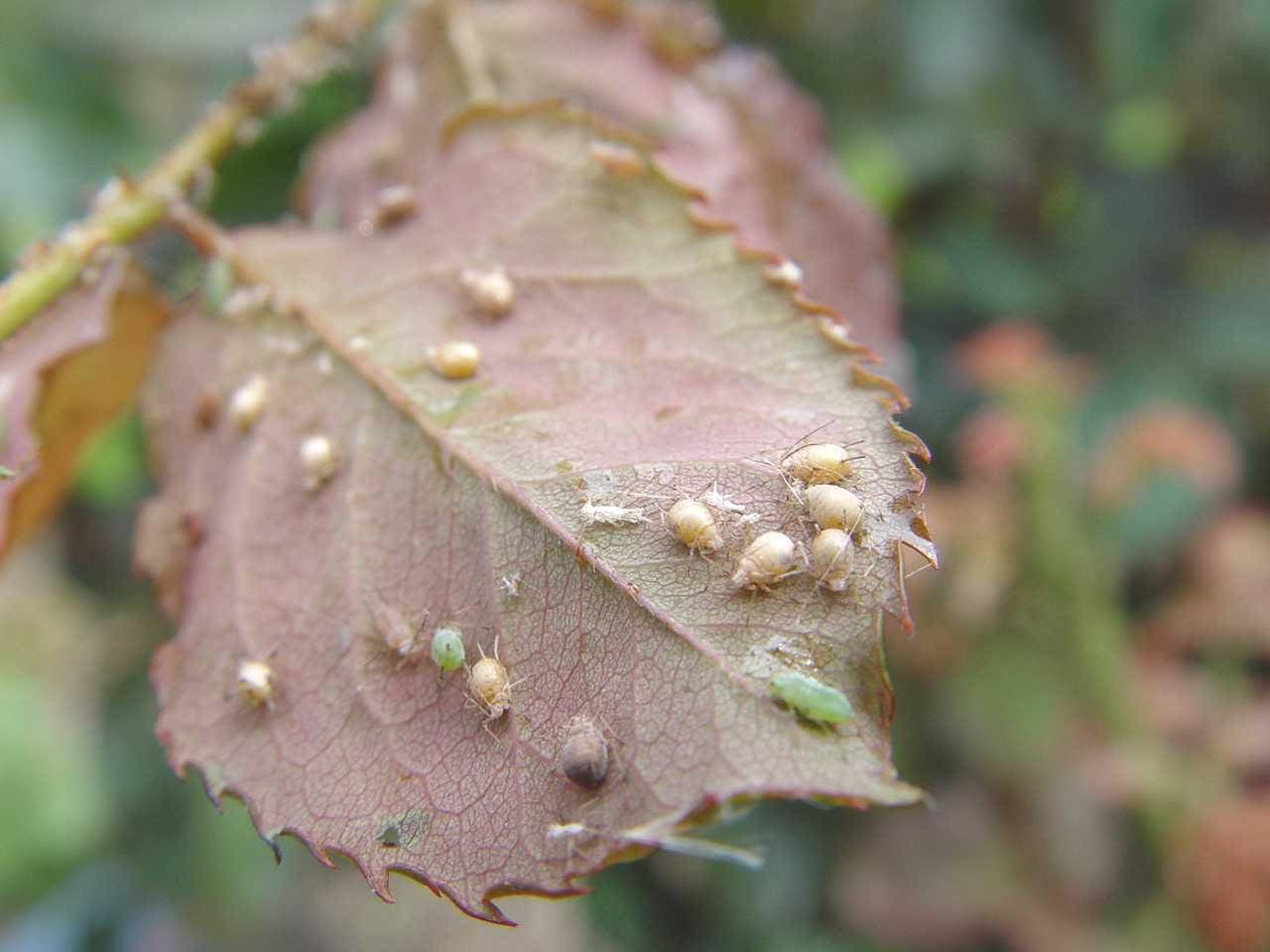 WASP COCOON
WASP COCOON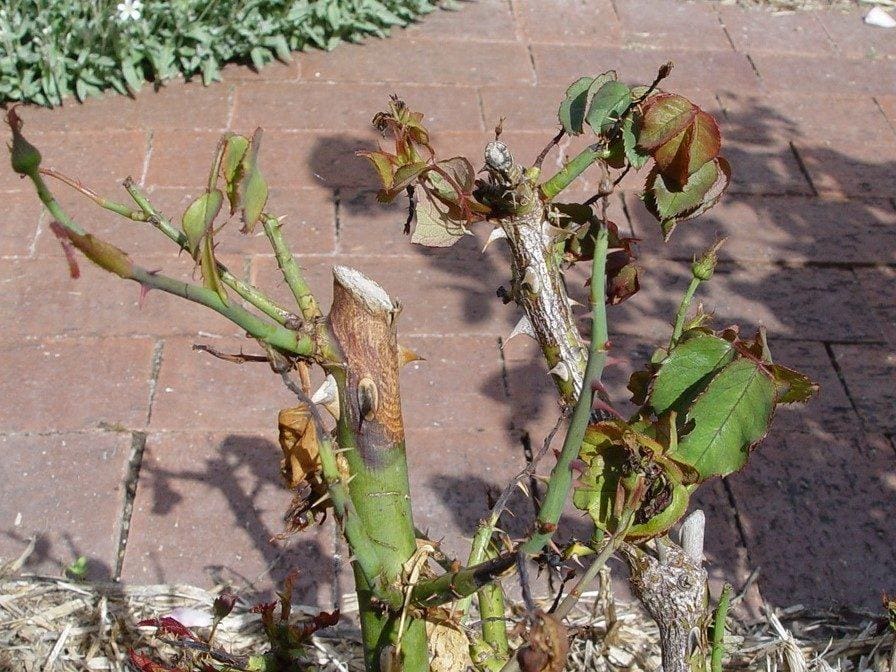 WILT & DIEBACK
WILT & DIEBACK